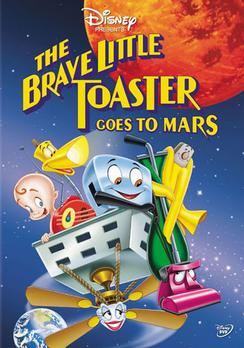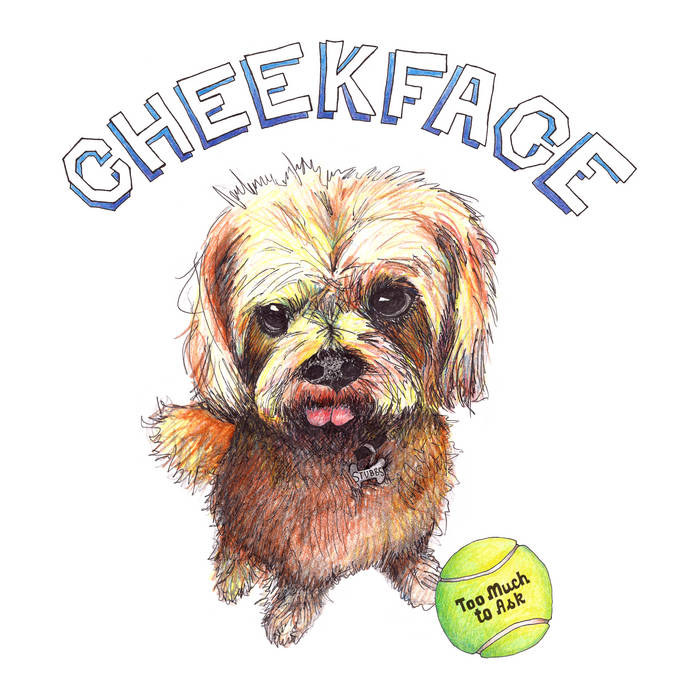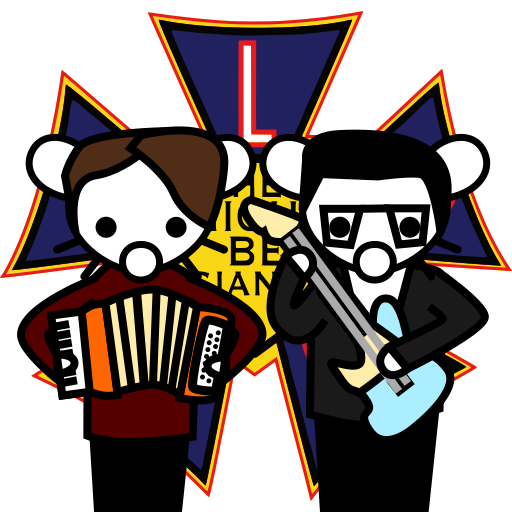An update: According to S2 E10 Sanctuary, the guy below the Ferengi (not shown in this screenshot) is stated to be Plix Tixiplik, who had previously shown up in TNG, further affirming them being previous Trek actors.
I think it’s mistly okay. I had a bit of misery with my 8852BE on my new Thinkpad E16 (the card would just disconnect from the system until the next reboot occasionally), which was solved with some kernel parameters I found online.
It only gets better (Except for A Mathematically Perfect Redemption). I will warn you the early part of season 1 is probably carried by reference humor, whereas the rest of the series begins to hold up on its own in addition to the quality reference humor.
I don’t know. You should make sure it doesn’t have a Realtek Wi-Fi card. Otherwise, it looks fine. I found the Linux Hardware report for it here: https://linux-hardware.org/?probe=7144bb41
I think the price to performance doesn’t look the best, though. Maybe go for a Thinkpad instead?
Remarkable.
I came into Debian with that philosophy as well, but I eventually gave up on all native packages as I got tired of having to deal with the rotation of some testing packages.
Honestly, 1 GB is an extreme it could get to, but most don’t because the majority of that initial 1 GB overhead is shared with other applications. Part of this is design issues in glibc preventing reverse compatibility with older glibc applications, and so applications need to have the right version of glibc with them to work. This adds some overhead, but is mitigated because many Flatpaks use the same glibc version.
Also, to be honest, storage is cheap these days, and really, I think the ease of Flatpak is worth what becomes a pretty minor storage sacrifice.
I use Testing on my desktop. When that happens, I just switch to the Flatpak.
Honestly, I’ve grown tired of Testing. I’ve started to become a fan of stable with a few Flatpaks.
In my personal opinion, the lack of GTK4 a plus - that makes it lighter and easier to port. Bonus points for their choice being OpenGL. That is technically a minus on theming, but I feel like one does not typically theme games, which often need to have their own style.
I do concede that most people probably have GTK4 installed for something anyway, so if this application were written in GTk4, it most likely wouldn't take up extra space on their machine.
In addition, I don't like GTK4 due to client side decorations and those kinds of applications overall just tending to be more GNOME-oriented. Now I wouldn't call GTK4 the spawn of evil - I still use GTK4 applications when they're the best tool for job, especially when it comes to Upscalr or GNOME Clocks. It's just not my favorite GUI toolkit.
I'm guessing that other 0.7% is the Makefile.
In their normal state, yes. What I’m saying is in theory, if enough of one species were assimilated, could that be changed?








I don't know about the hub specifically, but I have a One Touch portable external HDD that touts some of the same features. I've never had any particular problems with it - it's just a normal USB mass storage device. The "special features" provided by the Seagate Toolkit (not available on Linux) seem like they're done at the filesystem level.
If you don't care about encryption, it will most likely just work - format it however you like. If you care about encryption, there's ways like LUKS or filesystems with FS-level support, depending on how much you care about interoperability with non-Linux systems. You might also be able to do something kooky like format it with Bitlocker on Windows, which I think can still be mounted on a Linux system; I was able to access my encrypted Windows partition from my Linux install on my Surface if I entered the key - I'm sure there's a way to automate that part.